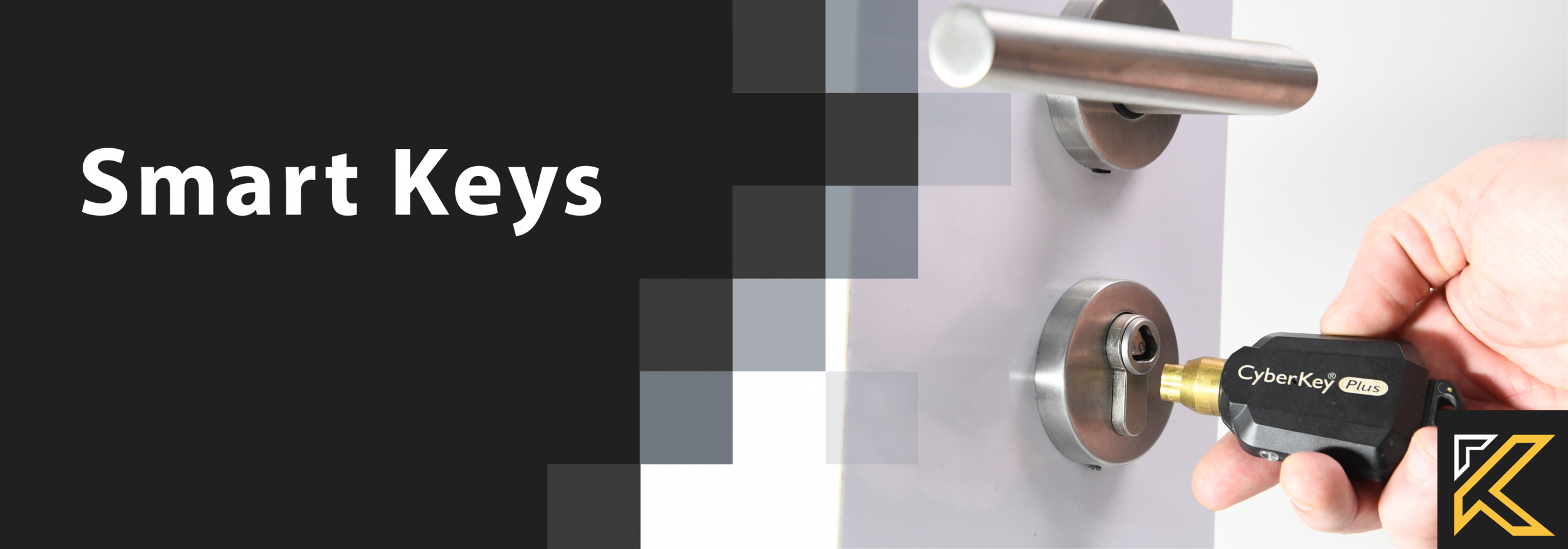
Digital Smart Keys
A CyberKey is a programmable, electronic “smart key” that is part of a key-centric access control system called CyberLock.
It’s designed to provide a secure and auditable solution for managing access, particularly for contractors and other mobile workers who need to access remote or multiple locations.
For the Contractor:
For the Business:
Types of CyberKeys:
CyberKeys come in various models, often with different features to suit different needs:
Some keys have a rechargeable battery that can be charged via a USB port.
Other models use a replaceable lithium battery, which is convenient for contractors who may not have access to a charging station.
Newer models can connect to a smartphone app or Wi-Fi network to update access permissions and upload audit data in the field




